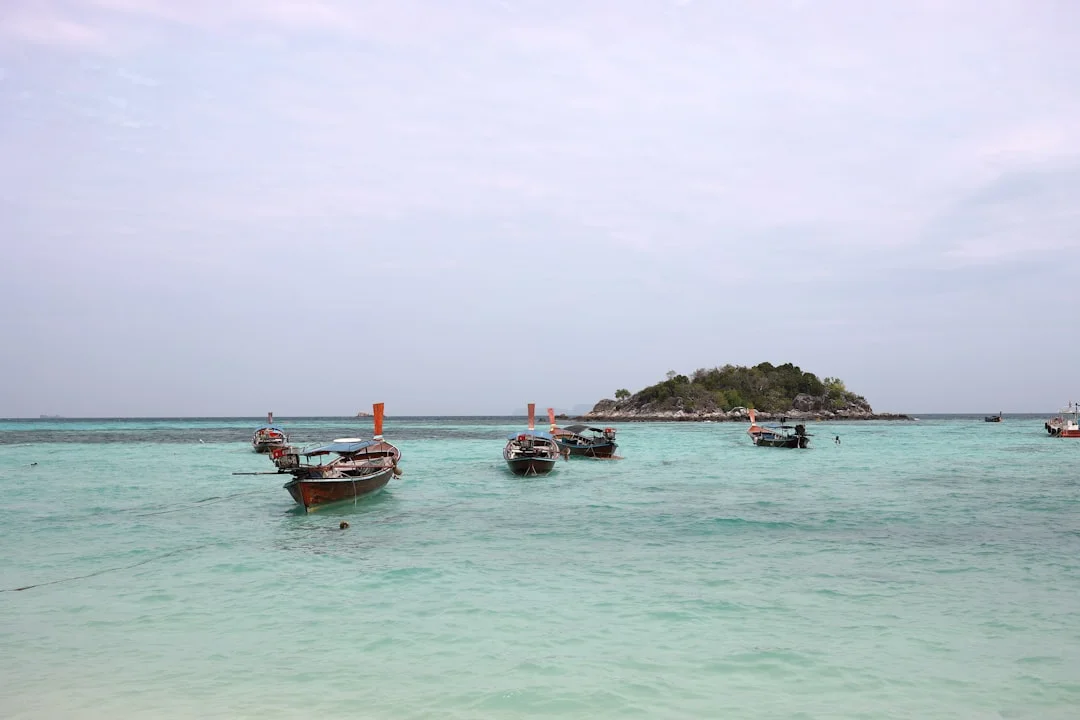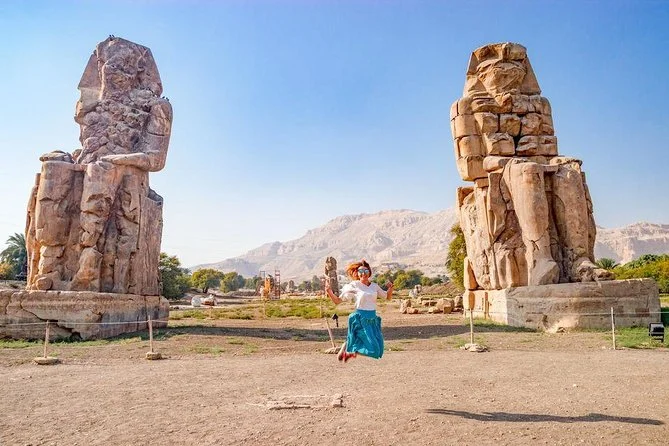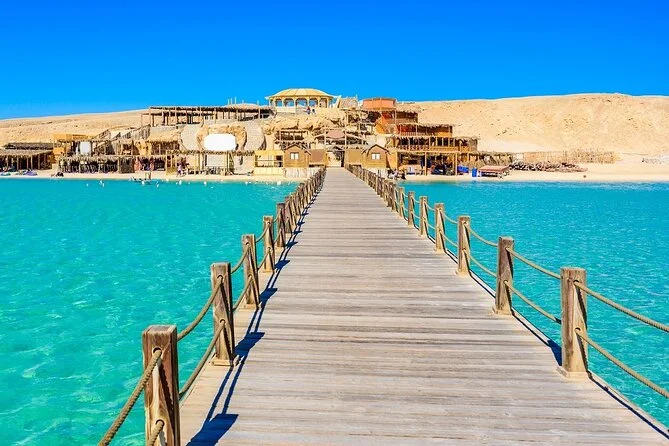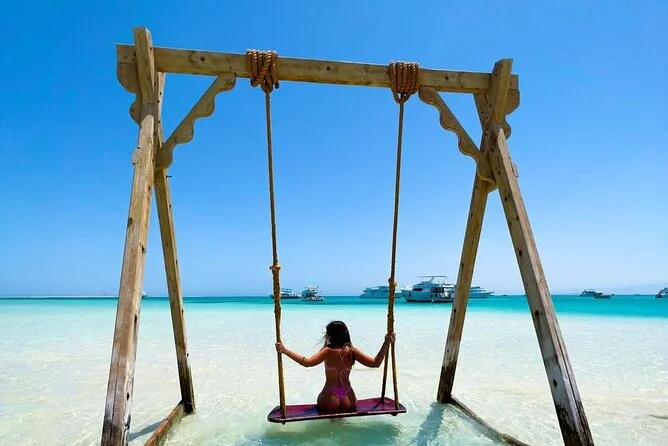Red Sea Egypt 2026: Best Photography & Instagram Spots
Quick Summary (TL;DR): The Red Sea delivers year-round light, high visibility underwater, and easy access to reefs, islands, and desert ridges—ideal for striking, low-effort photography in 2026.
First light skims the water off Hurghada and the sea turns metallic, a silver sheet broken by gulls and the V-shaped wake of a small dive boat. On shore, lenses fog briefly in the warm, saline air before revealing a horizon pricked with island sandbars. During our March 2025 visit, the most shareable frames came early: sun flares through palm fronds, pastel flats over lagoon water, and turtle silhouettes grazing in seagrass shallows.
Why now? In 2025–2026, travelers are timing shoots around gentler winds and softer shoulder-season light, while local operators report smaller group sizes and stricter reef-briefings that keep sites photogenic. Smartphone sensors and computational night modes have improved low-light pier and skyline shots, but sunrise and golden hour still rule. Drones remain tightly restricted across Egypt—assume you cannot fly without prior authorization—so on-the-ground technique matters more than ever.
What Makes the Red Sea Special in 2026
Clarity and contrast define the look. Underwater visibility often reaches 20–30 meters on calm days, so wide-angle reef scenes and ambient-light snorkel shots remain feasible without strobes. The desert’s bare ridgelines give clean horizons; late afternoons cast long, sculptural shadows across wadis and coastal promenades. As of 2026, operators increasingly schedule early departures to beat wind-chop, and guides emphasize neutral buoyancy and no-touch ethics—both preserve coral detail and keep sand out of your frame. Expect stable sun for most of the year, with winter light (December–February) running cooler in tone and summer heat (June–August) boosting haze midday; plan around it with dawn/sunset windows.
Top Things to Do in the Red Sea
- Sunrise cliffs at Ras Mohammed: Frame limestone ledges against aquamarine drop-offs inside the protected reserve; morning calm suits long exposures and reef flats inside Ras Mohammed National Park.
- Sandbar palettes at Orange Bay: Wade to ankle-deep shallows for mirror-like reflections and pastel backgrounds; boats typically moor on the leeward side of the Orange Bay sandbars.
- Turtle shallows at Abu Dabbab: Snorkel over seagrass meadows where turtles and dugong are occasionally sighted; gentle shore entry makes it beginner-friendly for families and first-time snorkelers at Abu Dabbab Bay.
Where to Stay in the Red Sea (2026 Guide)
Hurghada suits first-timers and families who want short boat rides and easy marina access; most full-day island trips depart around 8 AM. Sharm el-Sheikh appeals to divers and hikers combining reefs with desert canyons, plus fast access to Ras Mohammed. Dahab draws minimalist shooters chasing sunrise over the Gulf of Aqaba and golden, wind-brushed afternoons. Marsa Alam is for wildlife-led frames—turtle bays, seagrass, and quieter beaches. For lagoon aesthetics and architectural lines, El Gouna offers boardwalks, bridges, and canal reflections that reward blue-hour shooting.
Best Time to Visit the Red Sea
March–May: 22–28°C air, 23–25°C sea; softer light and moderate crowds. June–August: 30–38°C air, 27–29°C sea; harsh midday sun—shoot dawn/dusk, expect peak demand. September–November: 25–32°C air, 26–28°C sea; warm water, clearer skies. December–February: 18–24°C air, 22–24°C sea; calmer crowds, cooler tones, and breezier days (winds are strongest in January–February). For underwater photography, autumn offers bright water and comfortable surface intervals.
Getting There and Around
Fly into Hurghada (HRG) for the central coast, Sharm el-Sheikh (SSH) for South Sinai, or Marsa Alam (RMF) for southern bays. Island-hopping boats in Hurghada reach the Giftun area in roughly 45–60 minutes; expect early check-ins for departures around 8 AM. Overland, the coastal highway links Hurghada and Marsa Alam in about 3–4 hours. In-town, use licensed taxis or hotel cars for pre-dawn call times; many promenades are walkable, and tripods are generally allowed on beaches and piers, though some security points may ask you to avoid blocking foot traffic.
Sustainable Travel Tips
Choose operators with clear reef briefings and capped group sizes; neutral buoyancy and no-touch policies keep corals photo-ready. Use mineral-based, reef-safe sunscreen and UV shirts to reduce chemical runoff; rinse gear away from the shoreline. Bring a refillable bottle and a microfiber towel to cut single-use plastics on boats. Respect local culture by dressing modestly in towns and asking before photographing people. Drones are heavily restricted—leave them at home unless you have explicit permits. Pack out every item you bring to islands and avoid standing on sandbars with seagrass patches.
Frequently Asked Questions
How many days do you need in the Red Sea?
Plan 4–6 days to cover sunrise coastlines, a full-day island trip, and at least one reef session with backup weather windows. Photographers benefit from two dawns and two sunsets to balance wind, haze, and crowds.
Is the Red Sea good for families?
Yes. Calm, shallow bays and gentle shore entries suit beginners, and many marinas run half-day trips with shade and ladders. Choose central areas with promenades and short boat rides; bring reef shoes and kids’ float vests.
What’s the best month to visit the Red Sea?
October is a sweet spot: warm water (~27°C), milder air, and typically lighter winds than winter—ideal for island sandbars and reef photography. April offers similar light with cooler evenings and moderate crowds.
In the end, the Red Sea rewards patience: start early, travel light, and let the water’s clarity do the work. When you’re ready to plan shoots around boats and reefs, browse our tours and photo-friendly excursions to match conditions with the right site.



